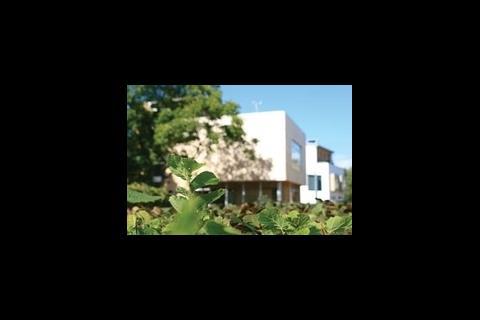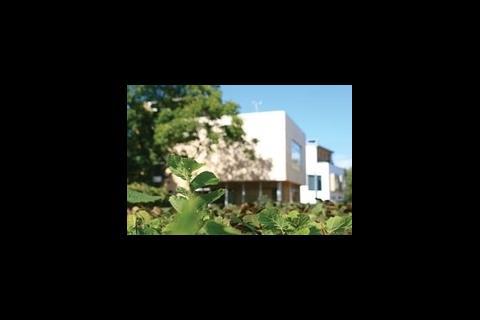In the last of our Q&A sessions on the Code for Sustainable Homes Simon Jones, a senior consultant at BRE, answers your queries on HLPs airtightness and sustainable materials

Question 1 - Mike Barrie: Is there a conflict between requirements for air-tightness by the Code and minimum Background Ventilation by ��ɫ����TV Regs?
Answer: No, air-tightness is dealing with the undesigned air loss. Any ventilation strategy should consider the level of air tightness and designed to compliment. EST air tightness recommendation of 3m3/h. m2 would recommend MVHR as the ventilation strategy.
Question 2 - Do any of the speakers anticipate any significant changes to the Code in the coming year?
Answer: The code is reviewed throughout the year. The next date for any updates will be April 2008. Always look on the CLG website. The latest technical guidance was released on October and the water calculator has changed.
Question 3 - Stuart Harker: Could you please give examples of level 6 developments other than the off site project.
Answer: Barratt are building a code level 6 at the innovation park. This will be used to replicate for live projects. BRE are involved in a number of code 5 & 6 houses. English Partnerships are currently selecting partners for the Hanham Hall Carbon Challenge project. It’s still early days and code 6 dwellings are for the future. Let’s ensure the industry can deliver practical solutions up to code 4 now, working towards the step changes required to a 5 then a 6.
Question - Dicky Parmar: what sort of payback period are these figures based on for providing PV?
Answer: The payback periods are not considered as part of achieving a code level 6.
Question 4 - David Wall: What’s an HLP??
Answer: Heat Loss parameter. It is part of your SAP calculations.
Question 5 - Keith Dicken: Where can we get the Green Guide? The green guide is currently being updated and re-printed.
Answer: Look on the BRE / ISH website for the publication.
Question 6 - Andy Brunt: Is it overall credit score which is rounded down or each specific element/material?
Answer: In the material section of the code is the total credit score that is rounded down but each element has a direct influence to this. Try to balance your credits per element to achieve the total credit points required. The key is become familiar with the MAT 1 worksheet.
Question 7 - Kavita Kumari: If there is option to use wind turbines in the development, how is this included in the Code as SAP doesn't give an option for wind turbines.
Answer: BRE can assist you in this calculation.
Question 8 - Roland Finch: Is their any intention to make compliance demonstrable at completion stage rather than design stage? i.e. so that which is designed is actually delivered?
Answer: Yes, this is what the code requires. Evidence at both stages is necessary.
Question 9 - Robert Clark: From the BRE presentation it would appear that the sustainable materials is the most difficult issue to get right - would you agree?
Answer: The materials section is critical for code 5 & 6 houses. If you want flexibility in design then this should follow after you have your energy performance of Ene 1 & 2 completed.
Question 10 - Ian McHugh: How can you tell if underperformance on air tightness is liability of designer or contractor? Have there been any legal/claim problems with this yet?
Answer: The key to air tightness is firstly design and build within your knowledge.



























No comments yet